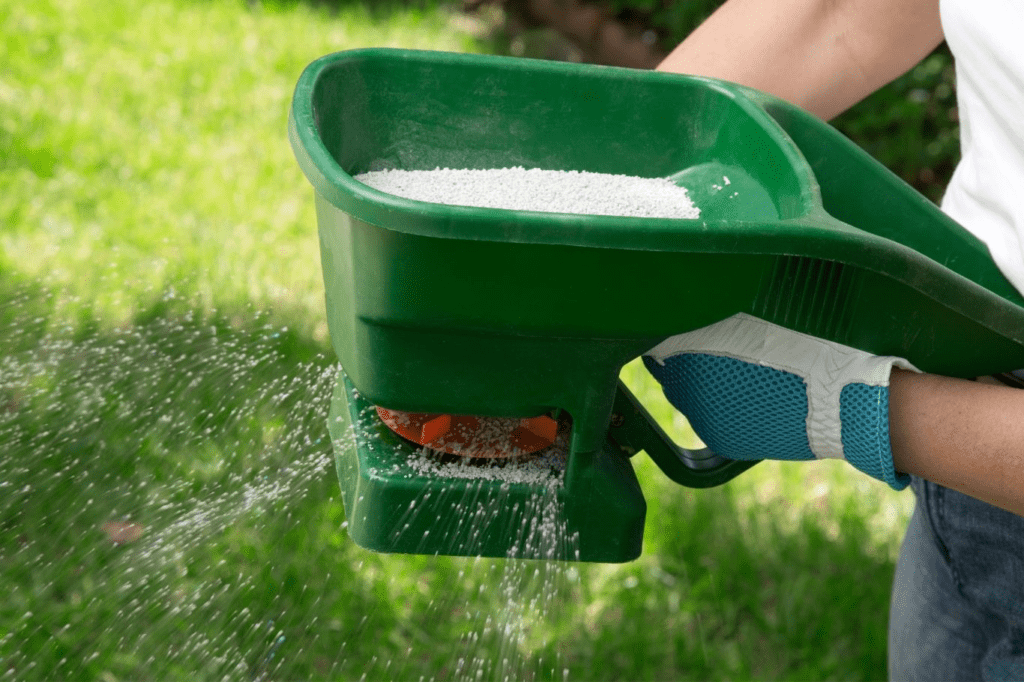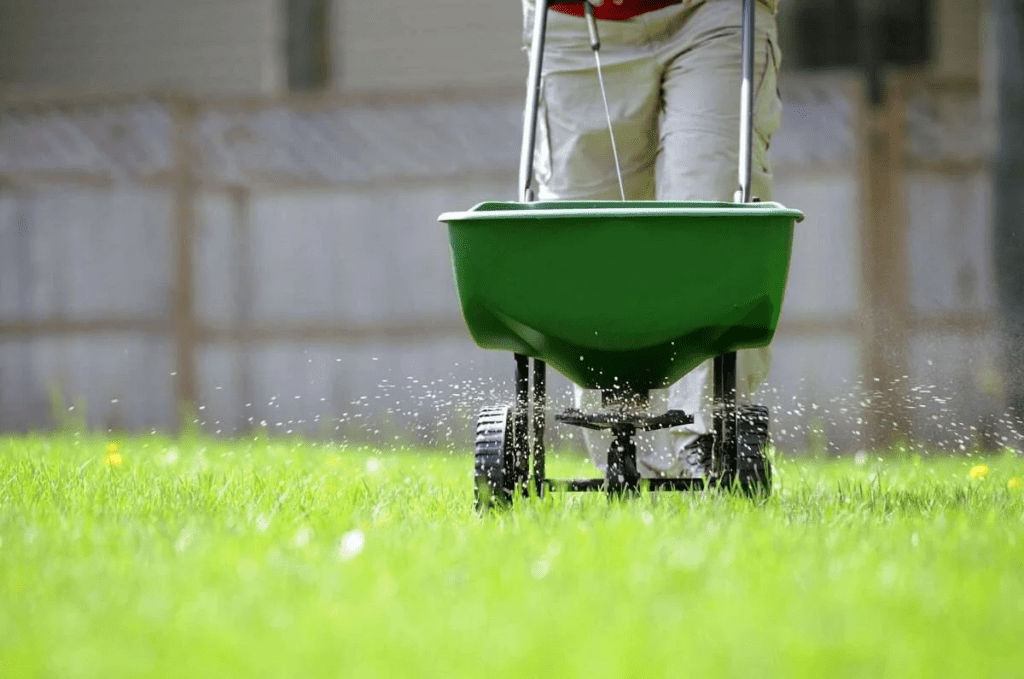Edmonton’s climate poses unique challenges when it comes to maintaining lush, green lawns. Proper fertilization can keep your grass healthy and vibrant year round – this article will guide you in selecting the ideal fertilizer for Edmonton climate, timing and application considerations, as well as tips for getting optimal results.
Before diving into specifics of Grass Fertilizer Edmonton, it’s essential to gain an understanding of its climate and how it influences grass growth. Edmonton experiences a continental climate characterized by long winters with snow and short warm summers; typically growing seasons range from late May through early September; it is therefore vitally important that optimal fertilization practices be utilized during this time frame.
Types of Grass Fertilizer Edmonton
Selecting the appropriate grass type plays a pivotal role in selecting an effective fertilizer solution for an Edmonton lawn. Some popular options are listed here.
Kentucky Bluegrass:
Popular among Edmonton residents for its lush green hue and ability to withstand cold winters, this grass type stands out as a popular option in Edmonton.
Perennial Ryegrass:
Used alongside Kentucky Bluegrass for quicker germination and establishment rates.
Fescue:
Fescue is an umbrella term, including fine and tall varieties that are drought tolerant and suitable for shade environments.
Key Nutrients in Grass Fertilizer Edmonton
Most grass fertilizers include three key nutrients that serve a unique function in grass growth: Nitrogen, Phosphorous and Potash (NPK).
Nitrogen (N):
Provides nutrients essential for lush, green growth that supports leaf formation.
Phosphorus (P):
Facilitates root development during early stages of grass development.
Potassium (K):
Improves overall plant health to help grass withstand stress from diseases, drought, or low temperatures.
These nutrients are often displayed on fertilizer packaging as a ratio, known as NPK ratio.

Selecting a Fertilizer
When choosing a fertilizer for your Edmonton lawn, keep these factors in mind:
Conduct a Soil Test
A soil test is the starting point in identifying your lawn’s nutritional requirements. Soil tests offer valuable information on existing levels and pH balance in your soil, helping you choose a fertilizer which addresses any deficiencies or deficits in its composition.
Based on your soil test results, select a fertilizer with an optimal N-P-K ratio. For instance, if your soil lacks in phosphorus content, look for one with an increased middle number (P). However, if your grass lacks vibrant green hue, an increased first number (N) might prove more suitable.
Fertilizers
Slow-Release Fertilizers: These fertilizers release nutrients gradually over time to provide your lawn with the appropriate amount of nourishment, helping prevent over-fertilization while providing long-term maintenance benefits.
Quick-Release Fertilizers: These provide an instantaneous nutrient boost, encouraging rapid growth and greening. However, they may cause spikes in nutrient concentrations which will necessitate more frequent applications.
Organic Fertilizers: Organic fertilizers, made of natural materials like compost, manure or bone meal, promote soil health while encouraging beneficial microorganisms to flourish in your garden soil. They release nutrients slowly while being eco-friendly.
Synthetic Fertilizers: Synthetic fertilizers contain chemical formulas designed to deliver precise ratios of nutrients that quickly deliver results, but overusing can contribute to soil degradation if used excessively.
Best Times to Fertilize Your Lawn in Edmonton
Timing is key for effective fertilization of your Edmonton lawn. Here are the ideal times and dates for fertilizing:
Spring (Late May to Early June)
As snowmelt gives way to warming temperatures, grass begins to flourish once again. A fertilizer with an N-P-K ratio of approximately 20-5-10 will promote optimal spring growth – apply after mowing when the grass is dry to avoid burning it off!
Mid-Summer Fertilization (July)
Mid-summer fertilization can help ensure the health of your lawn in the heat and drought of July. A slow-release fertilizer with a ratio of 15-0-15 can deliver essential nutrients without leading to unnecessary growth, which in turn requires additional watering.
Early Fall (September)
Fertilizer with high potassium content such as 10-0-20 can help your lawn be ready for winter weather, and strengthen its resistance. Apply before frost occurs for optimal results.
Application Tips for Maximum Results
Proper Grass Fertilizer Edmonton application techniques are essential if you want to achieve optimal results:
Utilize a broadcast or drop spreader to evenly apply fertilizer; uneven application could lead to patchy growth patterns and create nutritional imbalances.
Watering: For maximum effectiveness of fertilizing efforts, always water your lawn after applying nutrients, to help the nutrients penetrate deeply into the soil and reach grass roots. Beware of pre-watering to prevent runoff and nutrient loss.
Avoid Over-Fertilizing: Excessive fertilization can result in nutrient burn, weakening grass growth and pollution of the environment. Please refer to the product packaging for recommended application rates and dosage rates.
Mow Regularly: Mowing regularly encourages healthy grass growth and distributes nutrients evenly. Be wary of cutting too short as this could stress out the grass and increase disease risks.

Common Fertilization Mistakes to Avoid:
Avoid these common fertilization mistakes to achieve optimal results:
Soil Testing Ignored:
Failing to conduct a soil test could result in incorrect application or amounts of fertilizers being applied, leading to nutrient imbalances and ultimately leading to costly runs off of nutrients from your lawn or garden.
Weather Conditions Ignored:
Fertilizing during extreme heat or prior to heavy rainstorms may reduce its efficacy significantly and cause runoff of nutrients, thus diminishing their benefits and leading to costly runoff of nutrients from your garden or lawn.
Failing to Use an Appropriate Fertilizer:
Different grass species and soil conditions call for specific fertilizers; using incorrect products could harm rather than benefit your lawn.
Uneven Fertilization:
Uneven fertilization can result in uneven growth and weak grass. For optimal results, adhere to a regular schedule when fertilizing for maximum success.
Conclusion
Maintaining a thriving lawn in Edmonton requires carefully selecting and applying Grass Fertilizer Edmonton with My Yard Ninja. Understanding your soil type’s requirements, selecting an ideal fertilizer product and timing its application are all integral to creating lush, green grass in Edmonton’s unique growing season. By adhering to these guidelines and avoiding common mistakes, your lawn can thrive for its entire growing season!



